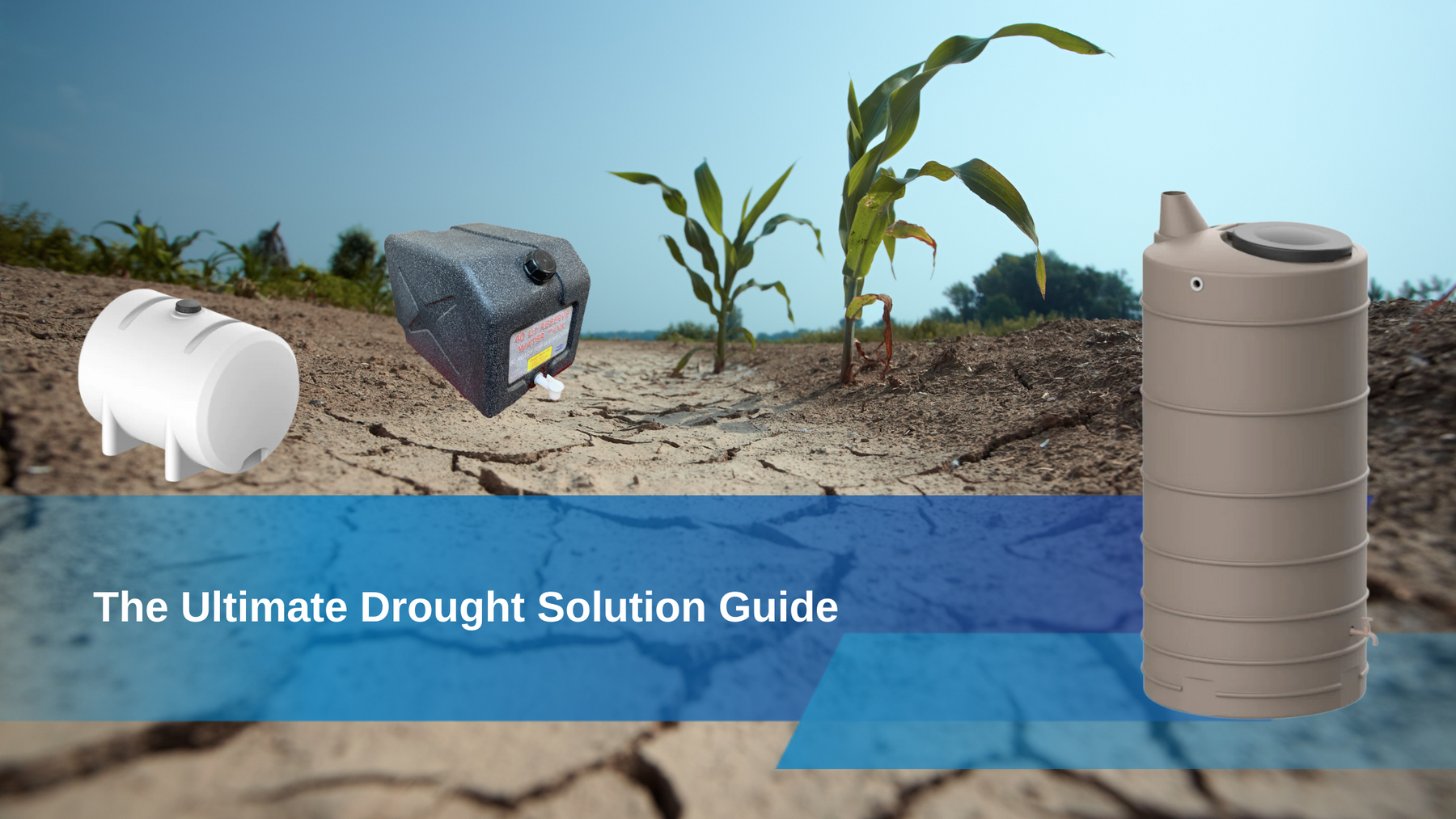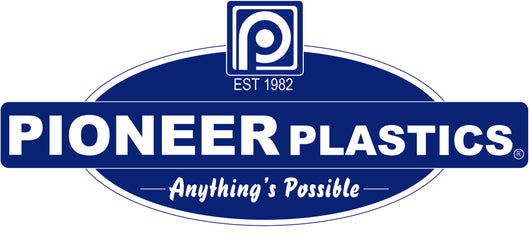
Everything You Want to Know about Water Tanks as a Drought Solution
Everything You Want to Know about Water Tanks as a Drought Solution
It's time to seriously consider a drought solution for your farm, business or home.
South Africa is facing the real possibility of dry taps in upcoming months—whether it is from El Niño or challenges with service delivery. Water conservation is now essential, and water tanks are an excellent way to store water for future use.
Here is everything you want to know about water tanks as a drought solution, from the benefits, available types, and how to choose the right size and material to steps for installation and maintenance.
Water Scarcity in South Africa
South Africa relies primarily on rainwater, and with a 463.42 mm mean average annual precipitation, it is considered a dry country. Climate change has worsened the problem, causing unpredictable and irregular rainfall patterns.
Over half of our dams are overexploited, and only 30% of our rivers are in good condition. Add to this population growth, prolific population growth and decades of underinvestment in infrastructure results in unreliable service delivery and an actual water scarcity threat. (Source https://www.gga.org/south-africas-worsening-water-security-crisis/)
Unlocking a Drought Solution via Water Tanks and Rainwater Harvesting
Rainwater harvesting with water tanks is an effective solution to combat water shortages. It creates an opportunity to secure your water supply, support sustainability, and adapt to changing climate conditions.
The Benefits of Installing a Water Tank
The many advantages of installing a water tank make it a wise drought solution.
- Water tanks can meet your essential needs during dry periods or when municipal supplies are limited.
- You can save money and minimise your reliance on municipal water with water tanks. There are options to create a system that feeds rainwater into your home plumbing or use rainwater and water tanks to maintain your pool .
- Harvesting rainwater is not only an eco-friendly to preserve water, but it also reduces runoff and prevents soil erosion.
- Rainwater is a helpful drought solution for garden irrigation.
Applications for Water Tanks
We've spoken extensively about rainwater harvesting, but there are many other applications for water tanks. These include:
Potable Water Tanks provide a food-safe drought solution for storing drinking water. They are UV-resistant and have airtight seals to maintain water quality.
Septic Tanks are engineered for wastewater treatment. They separate solid waste from wastewater, providing an environmentally friendly solution for sanitation
Chemical and Industrial Tanks are built to store and transport various chemicals. They are chemical and corrosion-resistant.
Fire Protection Tanks are essential for firefighting in rural areas without immediate access to municipal fire hydrants. They provide a reliable supply of water for fire protection.
Choosing the Right Water Tank as A Drought Solution
- The size you need will depend on how much water you use daily and how much space is available on your property.
- Plastic tanks come out tops in affordability and versatility. Remember that Polyethylene is food-safe, odour, corrosion and UV-resistant. It is lightweight, too, making it easy to transport and install.
- Think about where you want to place your tank as well. The ideal location should have a stable surface and allow for optimal water collection. Don't worry about aesthetics; we have loads of clever ways to disguise your tank
Installing and Maintaining A Water Tank
Proper installation and maintenance of your drought solution are crucial to effective functioning and longevity.
When Installing a Water Tank as a Drought Solution
-
Choose a level, stable, and easily accessible location. You want to be able to reach it easily for future maintenance.
- The foundation must be able to support the weight of the water tank once it is full. You can use concrete or compacted gravel to even out the surface.
- Connect a downspout to direct water from your roof directly into your tank. Make sure the connection is sealed and secure.
- Install overflow pipes to direct excess water from the tank safely.
- Add a tap or other outlets to draw water as needed conveniently.
When it comes to maintenance, draw up a schedule to:
- Inspect the tank for any signs of damage or leaks.
- Check all connections and seals to ensure they remain tight and secure.
- Clean out debris or sediment that may accumulate in the tank.
- During colder months, protect your water tank from freezing by insulating it or using a heating system if necessary.
- Monitor water levels regularly and refill as needed.
Trust the Pioneers of Water Tanks for Drought Solutions
We have been manufacturing water tanks for forty years, supplying solutions to numerous sectors, including agriculture, construction and healthcare.
Our tanks are durable, made to withstand the South African climate, food safe, UV resistant, and corrosion resistant. What better way to prepare for drought and water scarcity than exploring our vast collection of durable water tanks right now?
See Pioneer Plastics' endless range of water storage solutions
